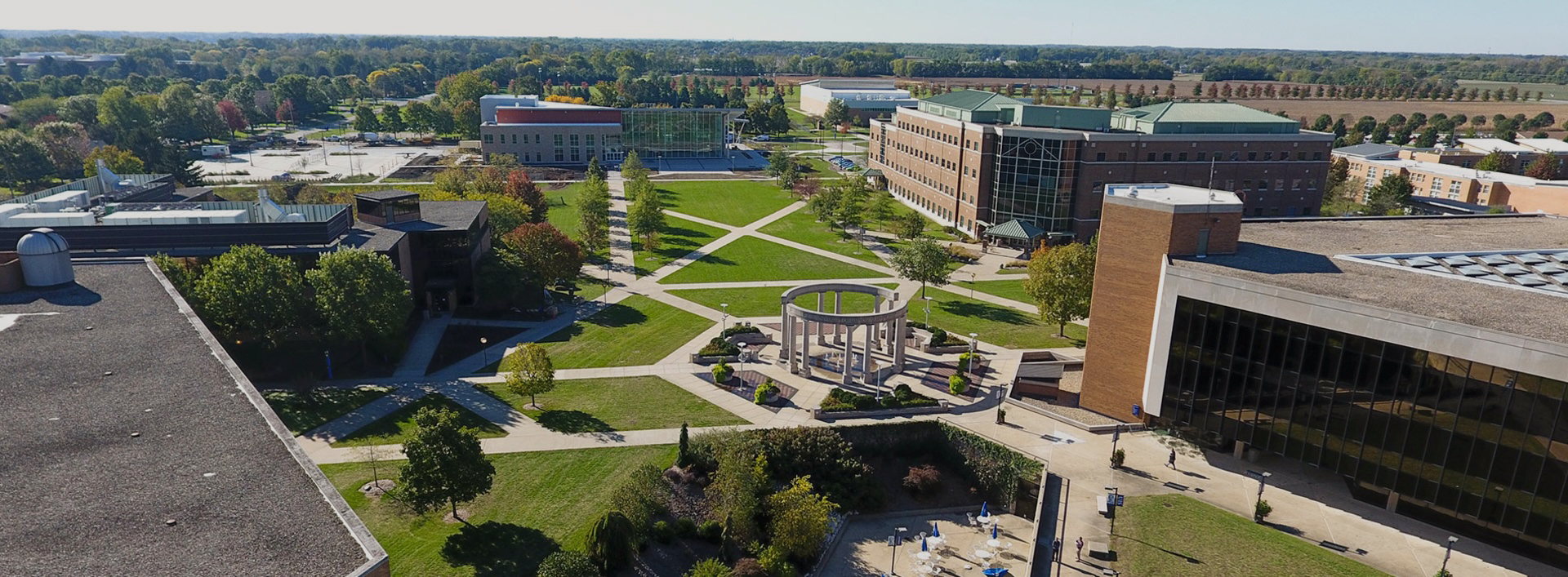K
What you/we know about x
W
What you/we want to know about x
L
What have you/we learned about x
Appropriate Content Areas
All. Appropriate at all times and can bookend most concepts and activities.
Goals and Objectives
The goals of a KWL activity are to assess student learning on a singular concept and to preassess student prior knowledge.
After completing a KWL activity, students will:
- Pre-assess their knowledge of concept x
- Explore new knowledge of concept x
- Articulate new knowledge of concept x
as determined by successfully attending to 80% of the requirements.
Prerequisites
There is no specific requirement that students have pre-knowledge of the given topic, but it does aid the activity if there is some foundation knowledge upon which to build.
Materials and Resources
What needs to be prepared in advance by the teacher? Each student will need a KWL sheet upon which to enter their items. Generally, a KWL sheet has the topic listed at the topic. In 3 colums, students enter what they know, want to know, and learned.
What does the student need to bring to the lesson? Preferably some prior knowledge. If the learning activity involves a textbook or other student resource, they will need to supply the item.
Guiding Questions for this Lesson
What knowledge did the students gain compared to their prior knowledge and expectations as a result of a given learning activity or reading?
Lesson Outline and Procedure
- Begin by providing students with the topic and why it is important in order to create a proper learning set.
- Give each student a KWL worksheet listing the topic and providing 3 columns for know, want to know, and learned.
- Have the students fill in the know and want to know columns and submit them to a discussion forum or drop box.
- Alternatively, use Writely or some form of wiki and have the student collaboratively construct group prior knowledge on a given topic.
- Can also be modified to have students construct a concept map of what they already know about a given topic.
- This part of the activity could be performed synchronously, followed by an asynchronous learning activity.
- Give the students a list of readings on the topic, a multimedia activity, or some other activity to learn about the given concept.
- After a set period, have students submit a list of items that they have learned in the final column of their KWL worksheet.
- Alternatively, have students add to their wiki or concept map based upon new knowledge. Can be done as groups of 3-4.
- Alternatively, construct the Learn aspect in a synchronous chat session.
- As an instructor, provide additional items that the students may have collectively or indivually missed in the activity.
- Alternatively, present students with a completed concept map, highlighting items that they were exceptional at picking out.
Learning Activities and Assessments
- Learning is typically verified using a table within which student list their K, W, & L statements. Typically, at least 5 items should be listed in the learned column.
- What will the students actually do during the lesson to ignite, maintain, and verify learning?
Teaching Strategies
What are some tips to help the lesson run smoothly?
- To engage the students, a topic for the activity must be chosen that will ignite and maintain their interest. It needs to be something that they want to learn about and that they already know something about, but not enough to satisfy their curiosity.
- Many activities can be included between the W and L activites.
- Collaborative activites such as wikis and concept maps can be used to construct visualize knowledge formation. The concept map provides a visual alternative to the typical table used in most KWL activities.
- Add an I = Why is what you learned important? [Author note: I have not actually seen this on in the references submitted, but it is something that I made use of when teaching in high school. Virgil]
- It is important to have many resources prepared in order to address ‘want to know’ questions that may arise.
Accommodations
The accommodations will depend on the nature of the activity between the W and L stage. Also, if a concept map or wiki alternative is used, the software should be compliant with whatever accommodations have been implemented for your students. Finally, if the activity is performed in small groups, time may become an issue for some disabilities. Other accommodations may be needed if a synchronous aspect is chosen.
Timeline
How much time would a typical online student require to complete such a lesson? In general, the K and W activities should take about 10 minutes to complete. The learning activity can be just about any time frame, but should be less than one week so that students still have a frame of reference connection to the beginning of the activity. The final L aspect may take as little as 10 minutes if individually, but may be extended to an hour of synchronous or collaborative activity in constructing a concept map or similar product.
Learning Connections
What connections to other topics exist within the lesson? This will depend on the scaffolding of the activity. If the information is mapped in a concept map, then many connections may exist. Also, in synchronous alternatives, students may be directly questioned about connections. Furthermore, when provided with instructions for the activity, students can be encouraged to think about such connections.
Ideas for Lesson Evaluation and Teacher Reflection
How did the students like the lesson? How was student learning verified?
Useful References
- KWL Chart at Education World, http://www.education-world.com/tools_templates/kwl_nov2002.do
